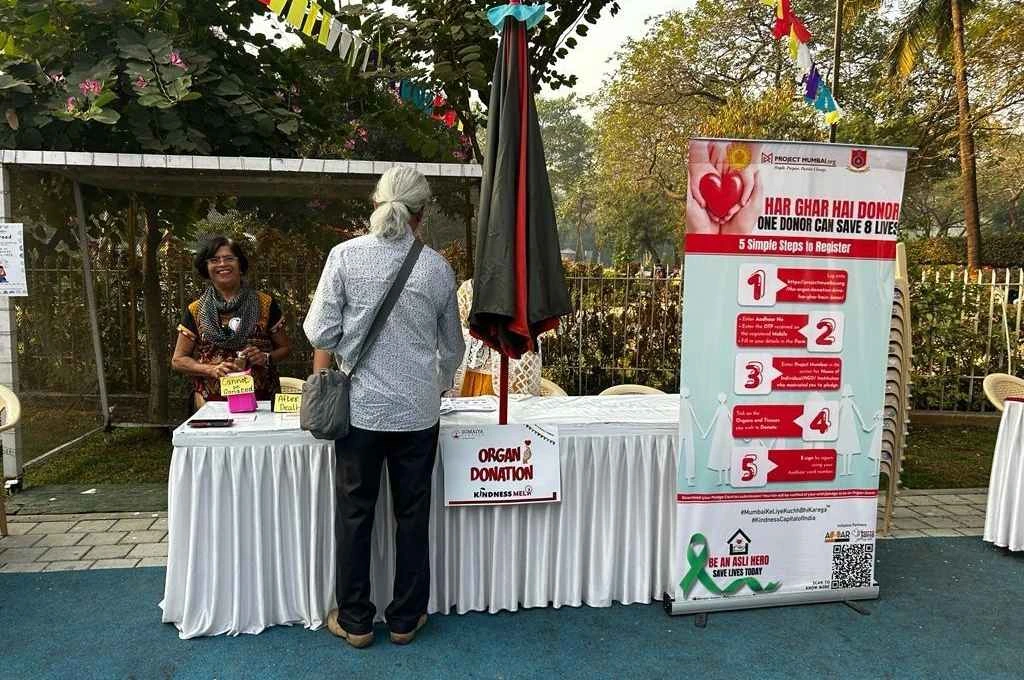India’s social sector works towards addressing complex challenges in poverty, inequality, education, healthcare, gender, and sustainability, to name a few areas. Currently, it is also in a growth phase: According to Dasra’s India Philanthropy Report 2024, social sector spending in India has seen an annual growth rate of 13 percent over the last five years, and there has been an uptick in private philanthropy, family philanthropy, retail giving, and CSR compliance. Young people are also showing an increased interest in exploring careers in this space.
Yet, our hypothesis is that, despite its pivotal role, the sector often struggles to attract leadership, especially at the middle level. Middle-level leadership is essential for managing teams, translating organisational vision into actionable strategies, and ensuring the efficient implementation of programmes for social purpose organisations (SPOs). Young leaders also play a critical role in bridging the gap between the founder and senior leadership and ground-level staff to ensure that strategic objectives are met, and operational activities are aligned with the organisation’s mission.
As part of our efforts to understand why the social sector is unable to attract private sector talent, we at India Leaders for Social Sector (ILSS) conducted a roundtable discussion with social sector employers, young crossover professionals, potential crossovers, thought leaders, and private sector employees. In addition, we conducted in-depth interviews with thought leaders from the sector. The insights covered in this article are largely drawn from the discussions at the roundtable.
What can young private sector professionals bring?
Young professionals from the private sector are particularly well suited to address the leadership demands that the social sector has at the middle level. They regularly work on projects that involve strategic planning, management, financial analysis, cost optimisation, and operational efficiency, among other such requirements. Given that impact measurement is increasingly demanded by funding organisations to demonstrate accountability, the private sector’s focus on result-oriented approaches and metrics-driven performance has value for the social sector as well. Additionally, private sector professionals bring expertise in marketing, communications, and digital and AI, which can help scale social enterprises and enhance programmatic reach and effectiveness.
The roadblock encountered in attracting talent to the social sector
The social sector encounters several roadblocks in attracting middle-level talent from the private sector. The sector operates within a unique context and culture, and young private sector professionals may lack awareness of the complexity of this context as well as the variety of roles and opportunities that the sector offers. There are also challenges around pay and benefits—there is a disparity between private and social sector pay scales. All of this results in the sector losing out on talented individuals who have the potential to make a difference at the grassroots, organisational, strategic, and policy levels.
To overcome the perception challenges that the sector faces, it is important to build a shared narrative for the sector.

What does building a shared narrative entail?
Building a shared narrative entails portraying the sector in a desired light, substantiated by stories of real impact and innovation. This is not specific to one organisation but must be seen as a call for the sector. By focusing on showcasing inventive solutions, inspiring success stories, and the tangible impact on communities, the sector can redefine how it is perceived and experienced.
Here are some measures that can be taken to inform messaging and communication for the sector:
1. Creating awareness about the sector’s role
It is important to create awareness about the fact that the social sector offers leaders the opportunity to work on some of the most difficult challenges that humanity faces. Solving for such problems demands the coming together of people from diverse backgrounds and capabilities and adopting a multi-stakeholder approach with the government, civil society, and communities. This goes hand in hand with demonstrating the sector’s use of strategic planning, data analytics, and creative solutions, which can dispel myths of inefficiency and attract leaders with diverse skill sets.
A key target audience for such sensitisation efforts comprises young professionals. As Amitav Virmani, founder of The Education Alliance, puts it, “Young professionals are increasingly seeking more challenging and impactful work. They are highly purpose-driven and want to see the needle move.”
SPOs must take a proactive approach to sharing their work in order to build awareness through social media, events, and other mediums. Himansshi Singhal, a roundtable participant who works with Deloitte India, is an active volunteer in community-based projects. She says, “From my volunteering experience, I can vouch for the crucial role that storytelling and messaging play in communicating a cause and its passion. Crafting a promising narrative has the power to galvanise young leaders towards change.”
2. Promoting collaboration
The sector has many examples of successful partnerships between nonprofits, corporations, and governments. Organisations such as Self Employed Women’s Association (SEWA) and Central Square Foundation (CSF) have crafted a positive shared narrative in the social sector by creating significant impacts at both policy and grassroots levels. Through its microfinance initiatives, SEWA provides women with the financial resources to start their own businesses, thus transforming individual lives. In addition, the organisation has informed policy changes to support women entrepreneurs. CSF regularly highlights how it advances educational reform in India. Through rigorous research and advocacy, CSF has influenced national education policies, emphasising the importance of foundational literacy and numeracy. The organisation’s work at the policy level ensures that millions of children benefit from improved educational standards. At the same time, they collaborate with schools to implement these policies effectively, ensuring that changes are felt at the classroom level. Amplifying such examples can call attention to the sector’s collaborative spirit and capacity for large-scale impact.
3. Celebrating and showcasing successes
Highlighting successful interventions and positive outcomes showcases the sector’s effectiveness and potential. This can be achieved through impact reports, case studies, and multimedia storytelling. UTSAH, a nonprofit focusing on child rights and child protection, realises its vision of ‘making child protection a reality, through direct support and systems strengthening’ by undertaking a multi-stakeholder approach—working with the police, district administration, state child rights and child protection agencies, media, guardians of children, and, most importantly, the community. The organisation’s story and passion has enabled it to attract talent from a wide variety of backgrounds, including from the government and international volunteers, to further its work on child protection through support persons and case management, police reforms, and community sensitisation.
4. Focusing on abundance
Shifting the narrative from scarcity to abundance in India’s social sector means moving away from a focus on limited resources, perennial challenges, and reactive interventions to a perspective of opportunity, collaboration, and innovation. It emphasises celebrating successes, leveraging diverse talents, and recognising the sector’s potential to solve complex problems. This mindset fosters multi-stakeholder partnerships, encourages investment in capacity building, and promotes the idea that social impact work can attract top talent and drive systemic change. By emphasising abundance, the sector can reframe its identity as a vibrant, solution-driven space rather than one of perpetual need. This positive outlook can inspire confidence and engage stakeholders looking for meaningful and impactful avenues to play their role as active citizens.
5. Highlighting a professional working environment
Leadership development and talent management at some organisations in the social sector are undergoing a shift towards practices that align more closely with those found in the private sector.
Career development is becoming more defined, with clear progression paths and opportunities for growth. For instance, organisations such as Pratham and Teach For India have established career frameworks that allow employees to visualise their growth trajectory within the organisation. Performance management systems have been implemented to provide regular feedback, set clear objectives, and recognise achievements, fostering a culture of accountability and continuous improvement.
According to Anu Prasad, founder and CEO of ILSS, there has been a significant correction in pay scales in the social sector in the last 10 years. “The sector has realised that it has to reward appropriately to attract the right talent and motivate people to bring in their best.” Competitive compensation packages are increasingly common, reflecting the growing recognition that professionals in the sector must be adequately remunerated for their contributions.
While these changes may not be true for the entire sector, there certainly is a rise in the number of organisations committed to them. With enough momentum, it could significantly impact the talent and leadership working in social impact in India. By embracing a narrative of abundance, excitement, and promise, the social sector in India can redefine itself as a vibrant, professional, and impactful space. Through a shared narrative that celebrates successes, emphasises professionalism, promotes collaboration, and focuses on abundance, the social sector can inspire a new generation of leaders eager to contribute to the nation’s economic equity and social justice goals.
—





